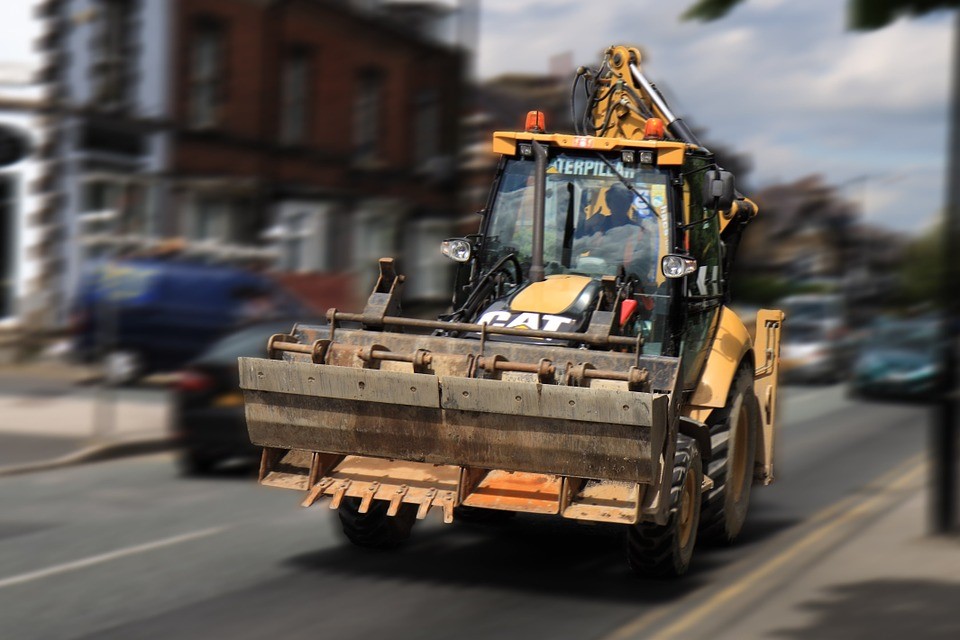February 6th, 2017.
I’ve Bought a Plot of Land… Now What?
If a plot of land in a prime position becomes available sometimes it may be too tempting to pass up. However, as appealing as the purchase may be, what are you going to use the land for? And how will you finance any development?

What Could You Use the Land for?
There are numerous options when it comes to using land, many of which will be influenced by where the land is located.
Land in UK major cities is in high-demand for building commercial or residential property, and as a result can claim high valuations. In fact, in the four years ending September 2015, development land in central London rose by 50% in value.
Simply sitting on this land will likely see its value increase with time, however it is more likely to provide a greater income if developed. Property is the obvious choice, however other uses for this plot could be to give back to the local community with a garden, allotments or play zone for children.
Plots in the suburbs or countryside are less in demand and are more likely to come up on the market. As with city developments, this land could be used for building commercial or residential property, or many other activities such as agricultural use, leisure (fishing, quad biking etc.) and storage.

Are There Any Restraints?
Planning permission will be required if you decide to carry out a ‘development’ as defined in section 55 of the Town and Country Planning Act 1990. Broadly, this covers building, engineering and mining operations, therefore is required should you decide to build commercial or residential property on your plot of land.
Depending on the complexity of the development, creating and submitting plans for consideration could take months. Then there is the wait (and often edits made) before approval is given.
As this process is quite lengthy, a plot of land with established planning permission is considered considerably more valuable than one without. If you’re considering purchasing land with planning permission already existing, consult the class of this to learn what type of development has been permitted e.g. Class A1 refers to shops, whereas Class C3 denotes dwellinghouses.
In a case where planning permission is not required, there are still other factors that must be considered such as environmental permits or licences, protected trees, building regulations and listed building consent (if developing a ruin on the land).
Other things to consider may include any through deeds or covenants that prevent development.
How Will You Finance Your Project?
Once you’ve decided what you would use the land for, it’s time to put in an offer or attend the auction. If you require finance for the purchase or development of land, our expert brokers can help to find you a competitive deal.
There are a number of options available to you. These include:
Land finance – funding to acquire or refinance a development site or land. Typically, 75% of open market value and available from £100,000 in less than a week from enquiry.
Bridging/auction finance – short-term, fast finance used to bridge the gap between purchase and acquiring long-term funding such as land finance or a commercial mortgage.
Development finance – funding for new builds, conversions, major or minor refurbishments on previously purchased land. There are no maximum limits and no geographical restrictions.
We provide finance built around your needs and requirements, so give us a call on 02920 766 565 to discuss your land finance needs today.





